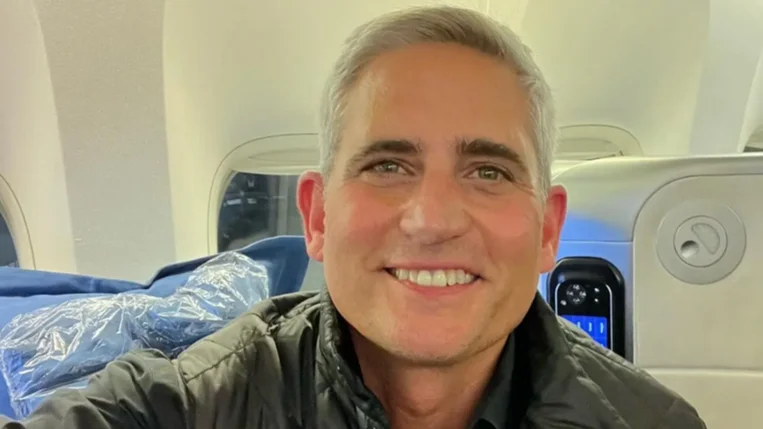“Right now, it takes about five and a half hours to get from New York to Los Angeles. If you were to find a plane like this, that’s going Mach 1.4 just a little over under 1000 miles an hour, then you could get there in about three and a half hours.”
The mission goals include designing the X-59 with technology to reduce the sonic boom's loudness and flying it over U.S. communities to study public response to the noise.
NASA describes the mission's organizational structure, emphasizing the integration of the Advanced Air Vehicles Program and the Integrated Aviation Systems Program. Efforts are coordinated across various research centers: Langley Research Center in Virginia, Glenn Research Center in Ohio, and Ames and Armstrong Flight Research Centers in California.
“Elements of NASA’s Quesst mission are organized within two of the agency’s aeronautics programs — the Advanced Air Vehicles Program and the Integrated Aviation Systems Program — and managed by a systems project office whose members span both programs and all four of NASA’s aeronautical research field centers: Langley Research Center in Virginia; Glenn Research Center in Cleveland; and Ames Research Center and Armstrong Flight Research Center, which are both located in California.”
The three phases of the mission involve building and testing the X-59, validating its acoustic performance, and assessing community response. In phase one, NASA, in collaboration with Lockheed Martin, is constructing the X-59. Flight tests in California will ensure the plane's performance aligns with safety and reliability standards. Lockheed Martin adds:
"In collaboration with NASA's Quesst Mission, the Lockheed Martin Skunk Works team is solving one of the most persistent challenges of supersonic flight – the sonic boom."
Phase one also involves verifying the X-59's systems through engine tests and evaluating its readiness for flight. "Following these successful engine runs, the X-59 will be evaluated for electromagnetic interference effects, simulated in-flight failure modes and validation of the emergency power system."
Phase two focuses on ensuring the X-59's acoustic levels remain within design limits during all flight phases. Tests over NASA’s Armstrong Flight Research Center and Edwards Air Force Base will examine the quiet supersonic technologies employed. Phase two is expected to commence this year. Nils Larson, NASA’s pilot, explains:
“It kind of gets rid of that startle, that very first boom, and maybe makes it more like a whomp instead versus a really sharp firecracker kind of bang that you’d get from that boom, boom.”
The final phase, starting in 2026 and running through 2028, involves gathering data by flying the X-59 over various communities. NASA aims to determine public perception of the noise and provide this data to authorities to potentially lift bans on commercial supersonic flights over land. Phase three results are scheduled to be published in 2030.
NASA teams hope the sound from the X-59 overflights will be indistinguishable from ordinary urban noise, signaling success in transforming supersonic travel.
###
 Alerts Sign-up
Alerts Sign-up







